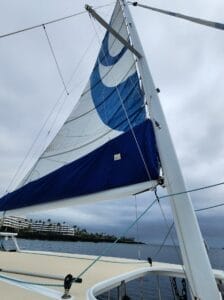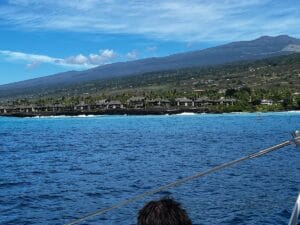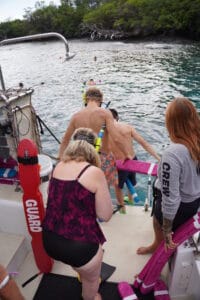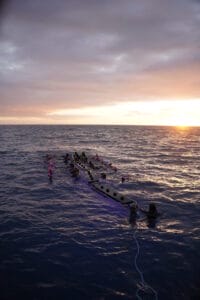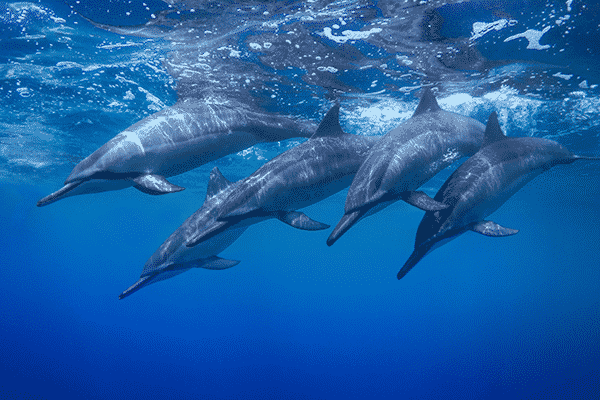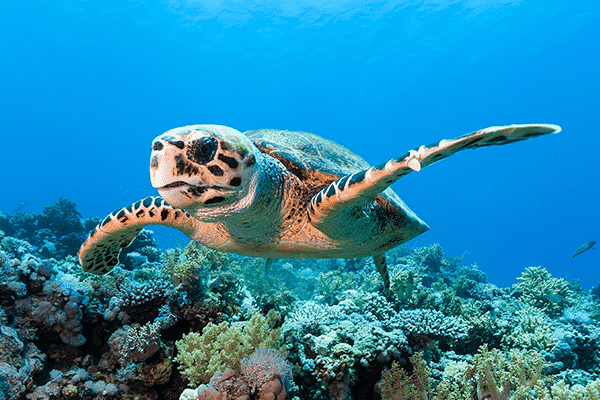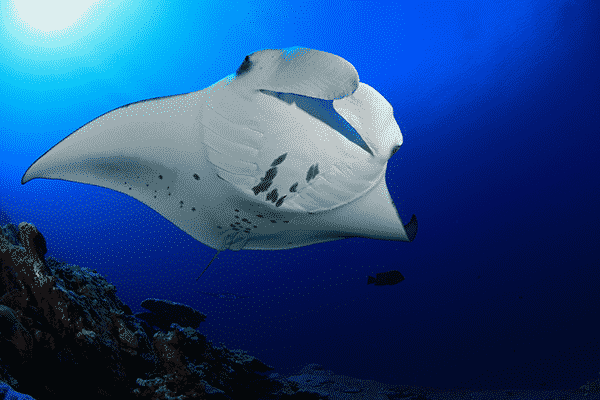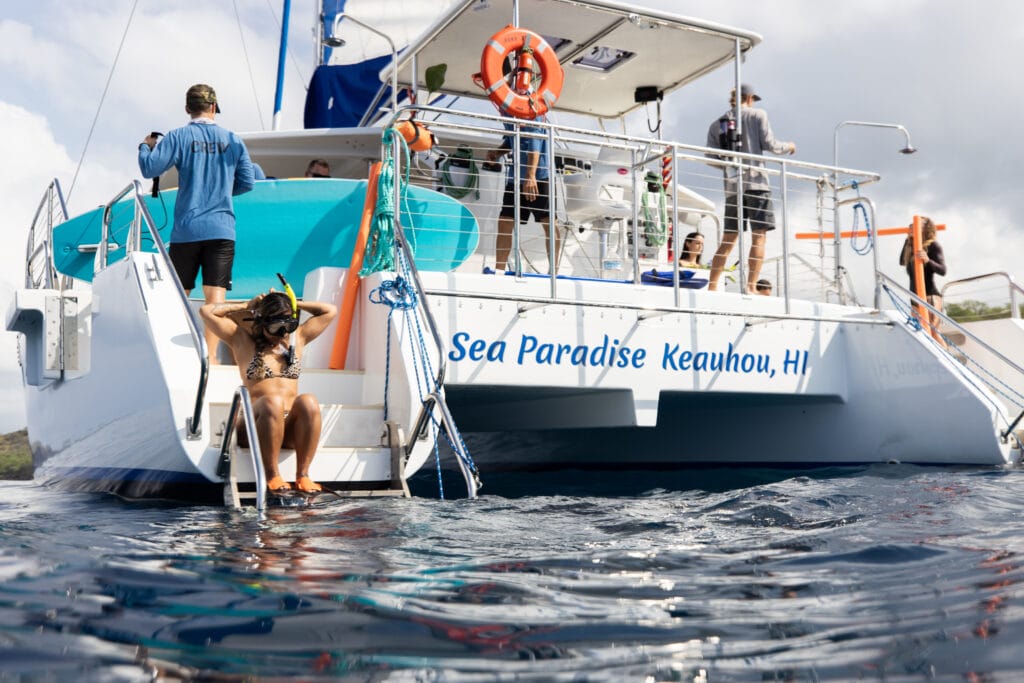The Great Barrier Reef Foundation on the majestic manta ray. Join us on one of our manta ray tours to view these huge and graceful sea creatures up close and witness their grace and intelligence in a safe environment.
With the largest brain to body ratio of any living fish, these gentle giants are under threat.
Description
Large, flat and oddly shaped, these fish are named for their unique appearance, ‘Manta’ meaning blanket or cloak in Spanish.
Sporting famously long pectoral fins, these iconic creatures can be spotted in numerous regions of the Great Barrier Reef.
Habitat and Diet
The mealtime mantra ‘Don’t play with your food’ does not apply to manta rays. Feeding on krill and zooplankton, they are often seen forming long chains and swimming in circles to create a spiral effect, catching food in their wake. Chain feeding is one of the rarer sights on the Reef, captured below on Lady Elliot Island.
Intelligence
Along with dolphins, primates, and elephants, Manta Rays have demonstrated high levels of intelligence and long term memory, able to map their environment using sight and smell. Here are some more curious facts about these Reef locals.
Manta Ray facts
1. They are filter feeders, eating the microscopic zooplankton that drift along in the ocean currents.
2. Mantas are amongst the largest fish in the ocean with a wing span of up to 7 metres and weighing up to two tonnes.
3. Despite their size, manta rays are completely harmless to humans.
4. Manta rays have the largest brain to body weight ratio of any living fish.
5. Their underside markings are unique to the individual – like a person’s fingerprint.
6. The word manta is Spanish for ‘blanket’ and it’s easy to see why it got this name!
Behaviour and Reproduction
Giving birth approximately every 2 years, female mantas usually bear one ‘pup’. After 12-13 months of pregnancy, they birth live young who are fully equipped to live independent of their parent. These baby mantas will live up to 50 years in the wild.
Manta rays are also very particular when it comes to hygiene, making regular stops at Reef ‘cleaning stations’. These special spots on the Reef are generally run by smaller wrasse, who clean dead skin and parasites off the bodies of visiting animals. Mantas will patiently wait for an entire hour while these cleaners go to work, often returning to the same location time and time again.
Threats
Overfishing is the most direct threat to species survival. Their long lifespan and slow reproduction rate means overfished populations are unable to recover properly. Additionally, Poor water quality, sediment run-off, pollution, rising temperatures and a changing climate are just some of the threats adversely affecting their Reef habitat. As this complex ecosystem struggles to cope, Manta Rays are losing their once pristine home.


